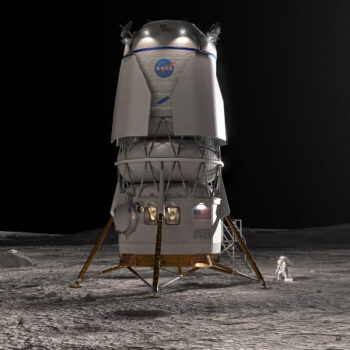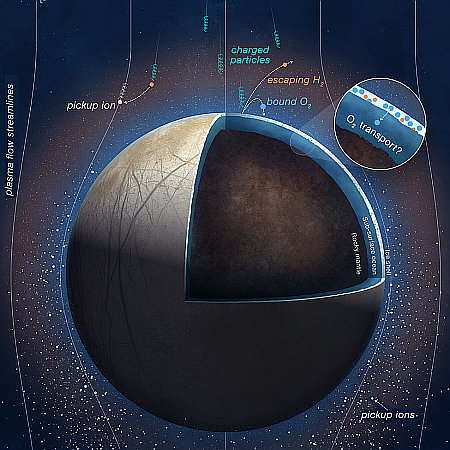New orbital image of Curiosity on Mount Sharp
Though this is not the first time Curiosity has been spotted from orbit by Mars Reconnaissance Orbiter (MRO), the image to the right, reduced and sharpened to post here, might be the coolest, because it shows clearly the mountainous terrain within which the rover presently travels. The cliff on the picture’s right is 400-foot-high Kukenan.
NASA’s Curiosity Mars rover appears as a dark speck in this image captured from directly overhead by the agency’s Mars Reconnaissance Orbiter, or MRO. The orbiter is equipped with a camera capable of viewing objects the size of a dinner table on the Red Planet’s surface.
The camera, called the High-Resolution Imaging Science Experiment (HiRISE), has viewed spacecraft on the surface many times before. Here, it captured Curiosity driving up a steep slope on Dec. 29, 2023, the 4,051st Martian day, or sol, of the rover’s mission.
At present the Curiosity team is using the rover to analyze the material produced from the rover’s 40th drill hole, and thus it has not moved significantly for several weeks.
Though this is not the first time Curiosity has been spotted from orbit by Mars Reconnaissance Orbiter (MRO), the image to the right, reduced and sharpened to post here, might be the coolest, because it shows clearly the mountainous terrain within which the rover presently travels. The cliff on the picture’s right is 400-foot-high Kukenan.
NASA’s Curiosity Mars rover appears as a dark speck in this image captured from directly overhead by the agency’s Mars Reconnaissance Orbiter, or MRO. The orbiter is equipped with a camera capable of viewing objects the size of a dinner table on the Red Planet’s surface.
The camera, called the High-Resolution Imaging Science Experiment (HiRISE), has viewed spacecraft on the surface many times before. Here, it captured Curiosity driving up a steep slope on Dec. 29, 2023, the 4,051st Martian day, or sol, of the rover’s mission.
At present the Curiosity team is using the rover to analyze the material produced from the rover’s 40th drill hole, and thus it has not moved significantly for several weeks.













